Kanata is a signature work by Saulteaux artist Robert Houle (b.1947), marking an important investigation into the place of First Nations peoples in the French and English histories of Canada. It is essential to an understanding of historical accuracy in the context of colonialism. Houle echoes what his grandfather used to say concerning colonization: “Jiishin gegoo wiiseg maa akiing, Nishnaabe waabdaan” (“If history is going to happen, our people will witness it”).
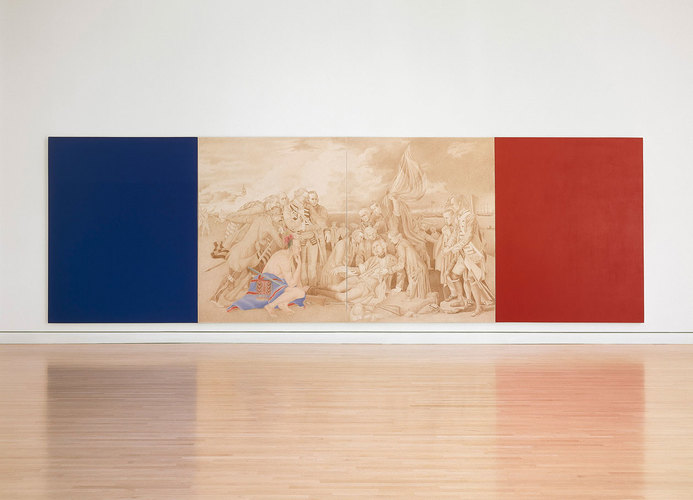
Robert Houle, Kanata, 1992
Acrylic and Conté crayon on canvas, 228.7 x 732 cm, National Gallery of Canada, Ottawa
Houle appropriates a canonical image from a painting by Benjamin West (1738–1820), The Death of General Wolfe, 1770, which depicts the death of the valiant British hero of the Seven Years’ War (1756–63) in the battle that resulted in Britain’s success over France and her colonial subjects. Houle captured West’s painting digitally and, using sepia-coloured Conté crayon, copied the image, painting only the regalia of a lone Delaware warrior, in blue and red. The work’s geometric layout plays with the modernist formalism that so influences the artist.
Houle says of the image, “The Indian is in parentheses … surrounded by this gigantic red and this gigantic blue and is sandwiched in that environment, is surrounded. And that is reality because the English and the French are still the major players in the making of this history, history as it was.” He challenges the authority and ability of non-Indigenous artists to represent Indigenous experiences, forcing recognition of First Nations and addressing the historical inaccuracy of the idea that the founding nations of Canada are England and France.
This Spotlight is excerpted from Robert Houle: Life & Work by Shirley Madill.
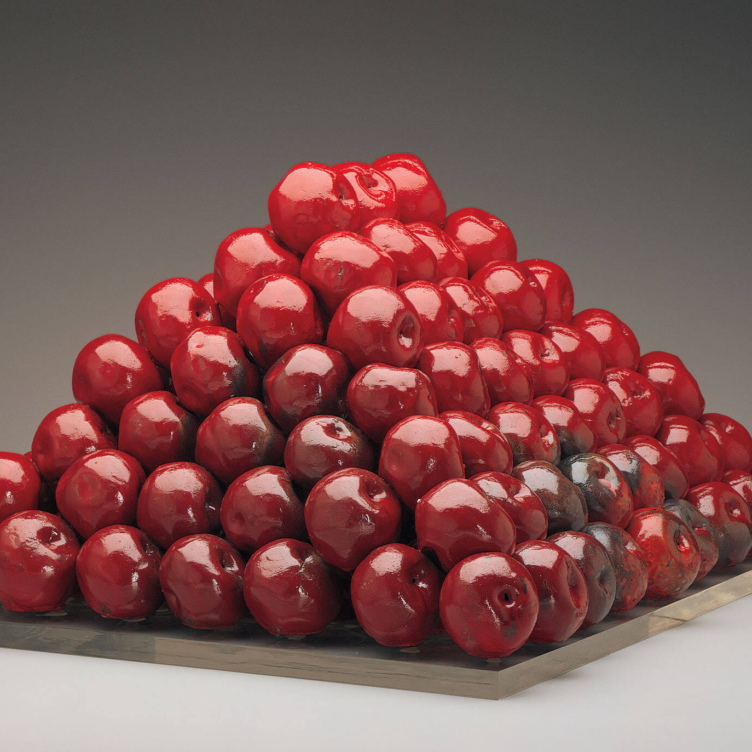 Pyramid Scheme
Pyramid Scheme
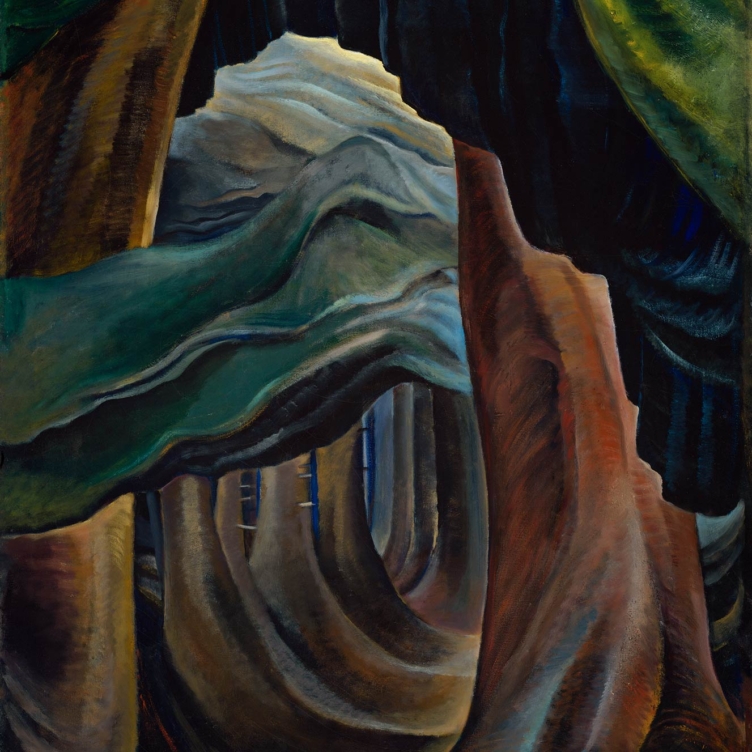 Transportive Trunks
Transportive Trunks
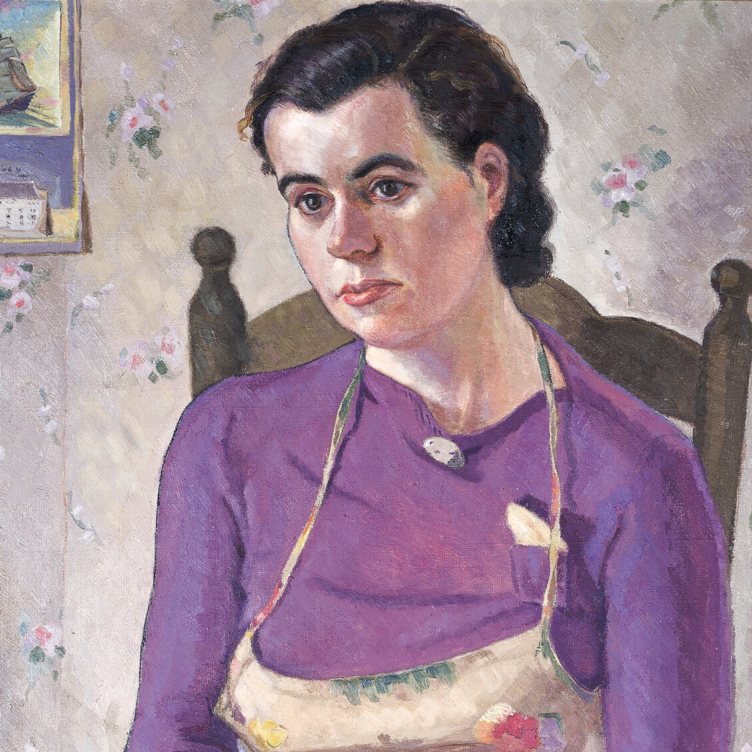 The Military Mate
The Military Mate
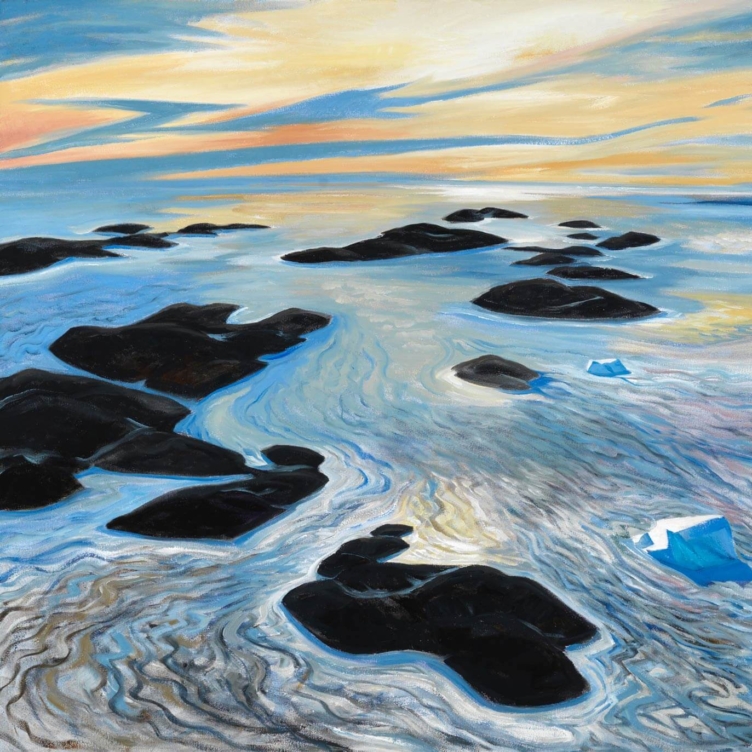 Looking Up on the World
Looking Up on the World
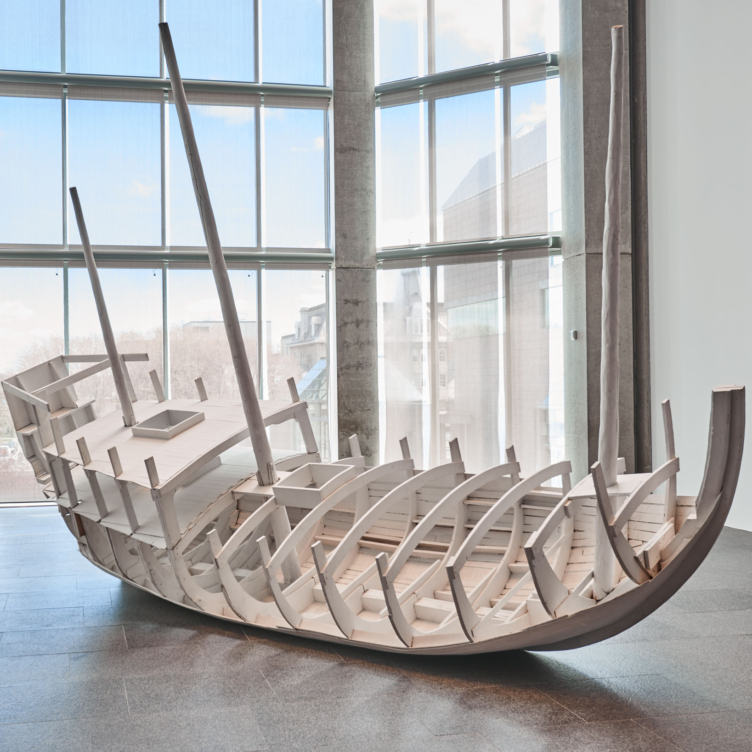 Vessel of Despair
Vessel of Despair
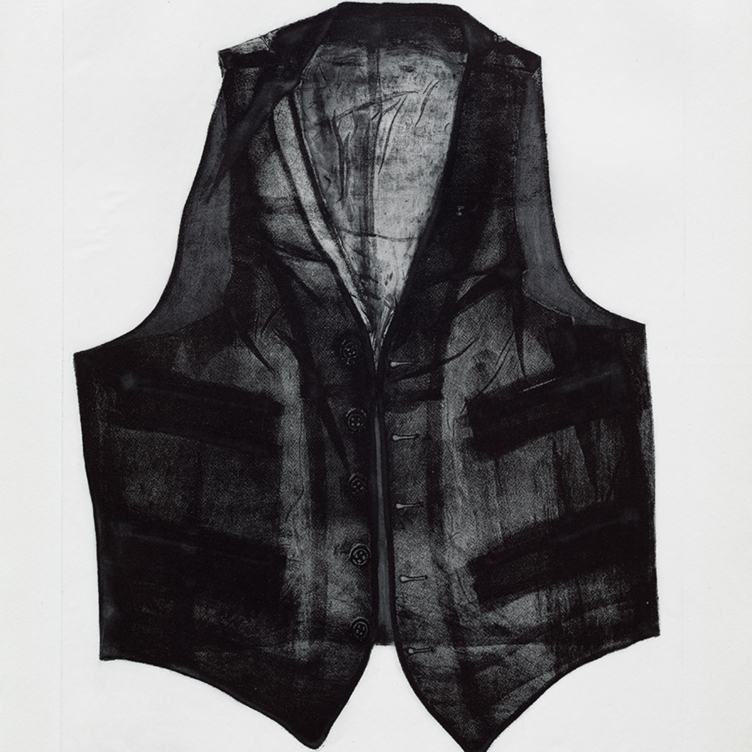 Layers of Meaning
Layers of Meaning
 In Parallel to Nature
In Parallel to Nature
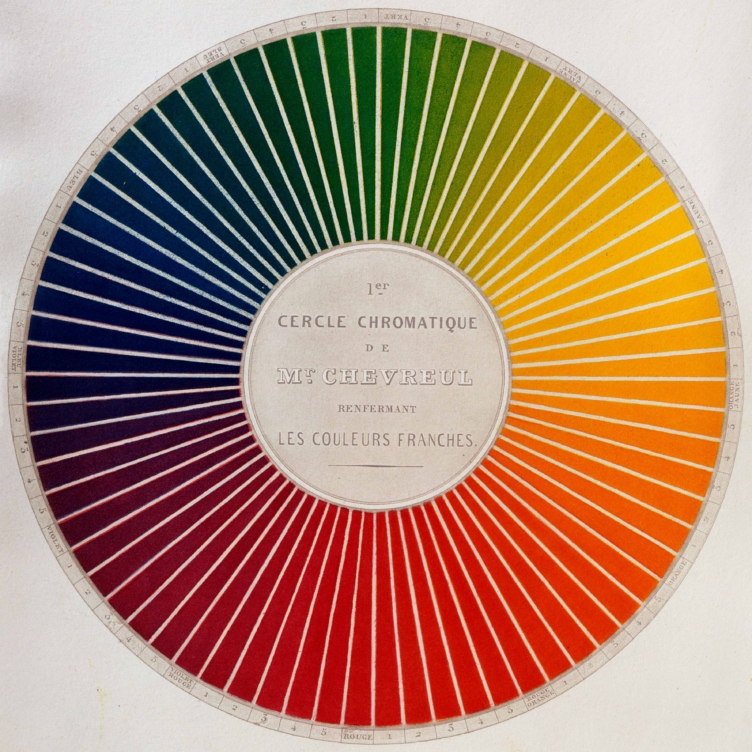 Wheel of Fortune
Wheel of Fortune
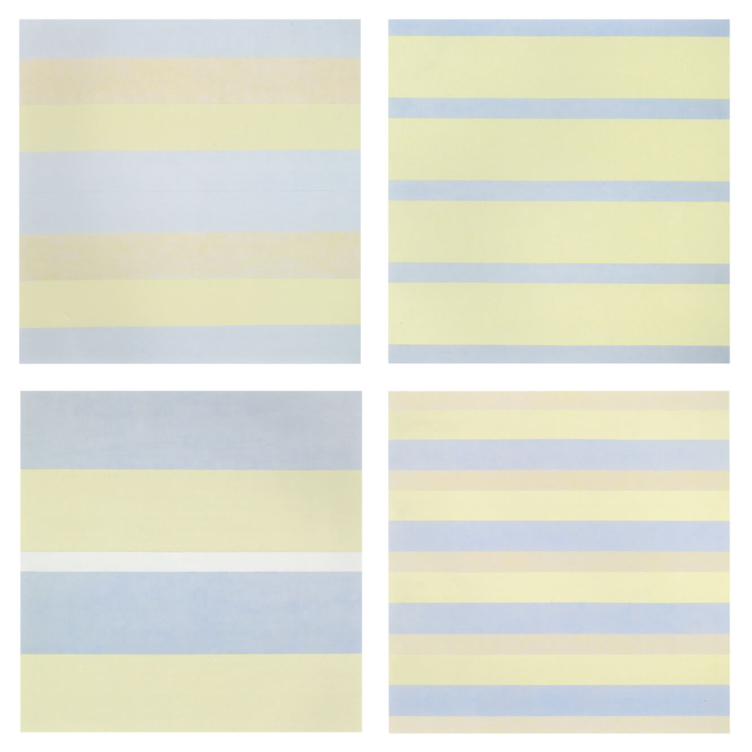 Paintings after emotional states
Paintings after emotional states
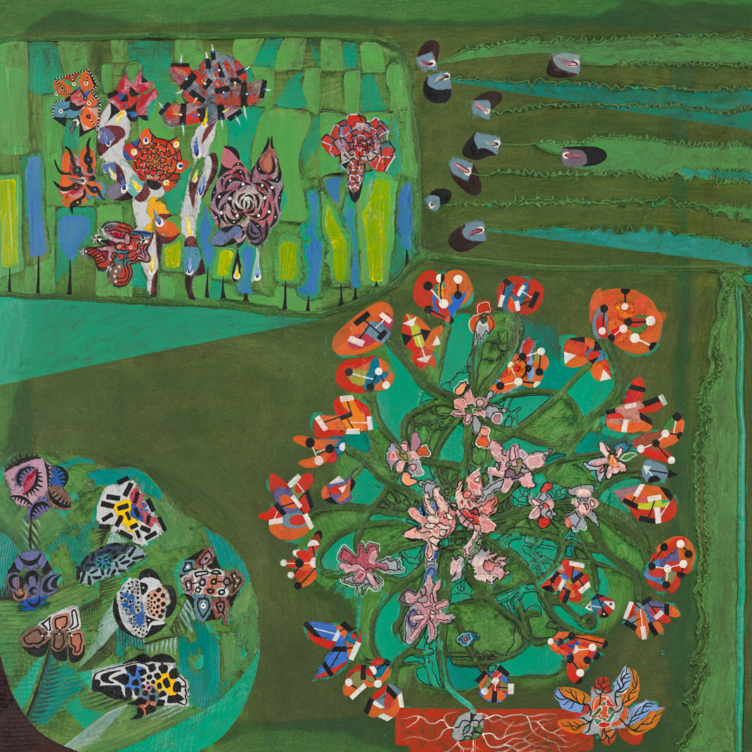 Garden of Delight
Garden of Delight
 Stitching the Archives
Stitching the Archives
 A Working-Class Hero
A Working-Class Hero
 Imagining Entangled Futures
Imagining Entangled Futures
 Bridging Far and Near
Bridging Far and Near
 Soft Power
Soft Power
 Imagining Emancipation
Imagining Emancipation
 A Priceless Portrait
A Priceless Portrait
 Meditation in Monochrome
Meditation in Monochrome
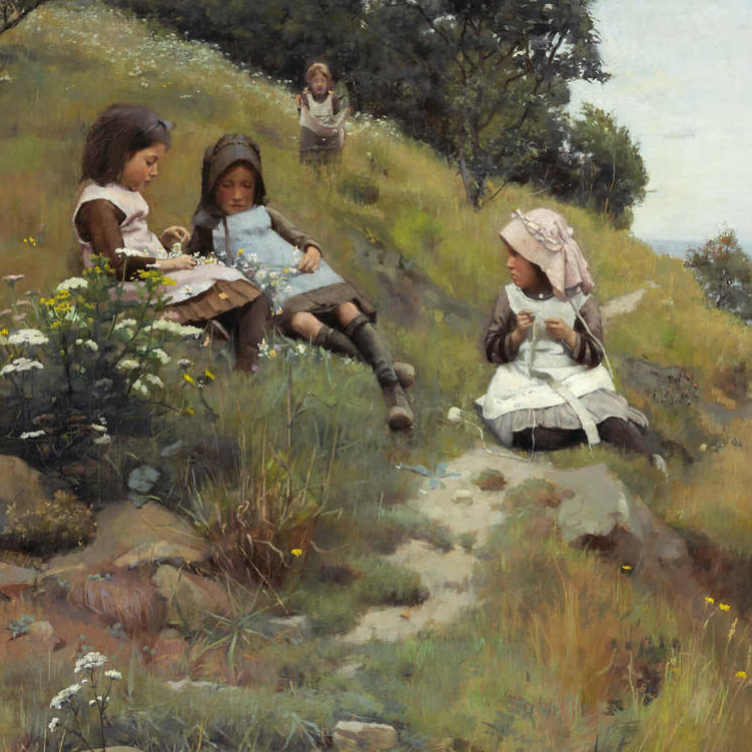 Making His Mark
Making His Mark
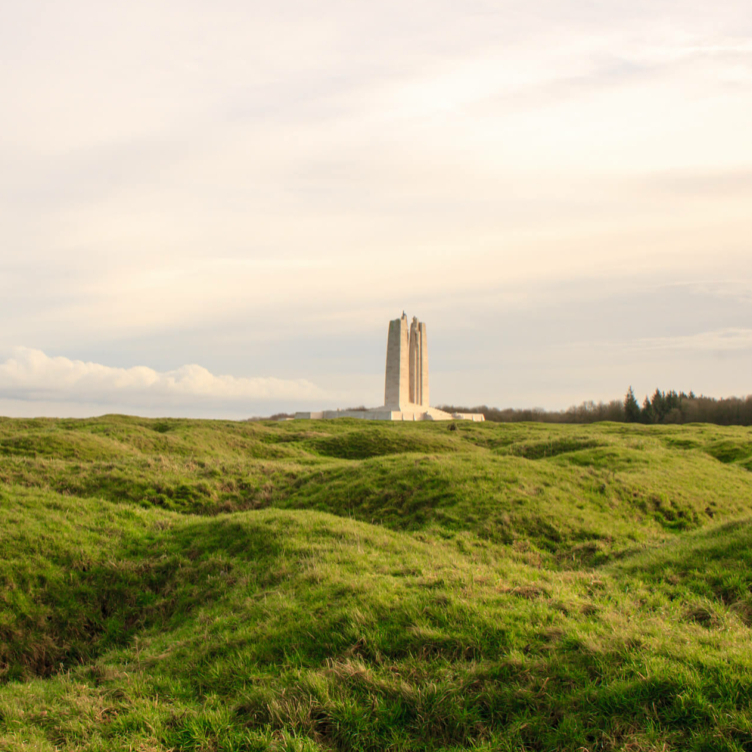 Honour and Sacrifice
Honour and Sacrifice